- Home
- Users & Science
- Scientific Documentation
- ESRF Highlights
- ESRF Highlights 2017
- 2017 at the ESRF
2017 at the ESRF
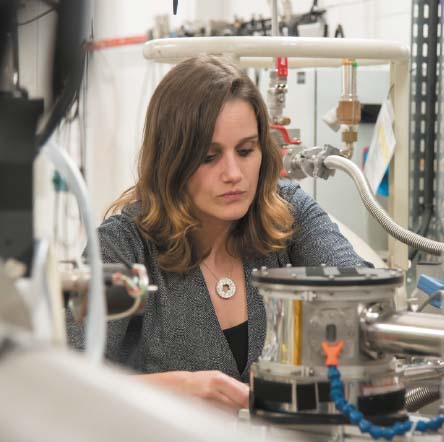 |
|
Amélie Juhin Young Scientist 2017 7 February – Amélie Juhin was awarded the title of Young Scientist 2017 at the ESRF User Meeting by the ESRF User Organisation, for her experimental and theoretical studies of resonant X-ray scattering and X-ray dichroism. |
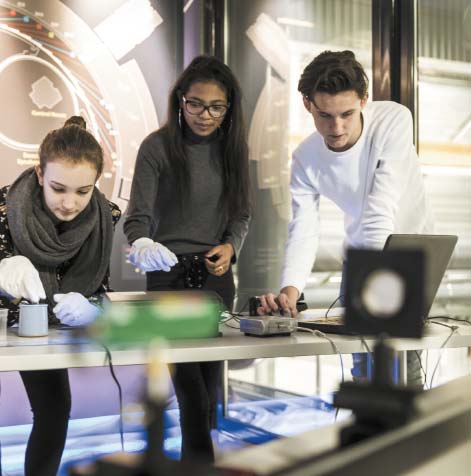 |
|
Synchrotron@School goes international March – Synchrotron@School, the ESRF’s outreach programme, is now open for international students with classes from Sweden, the United Kingdom, Italy, Turkey, Greece, and Japan. More than 1300 high school students followed the course in 2017. |
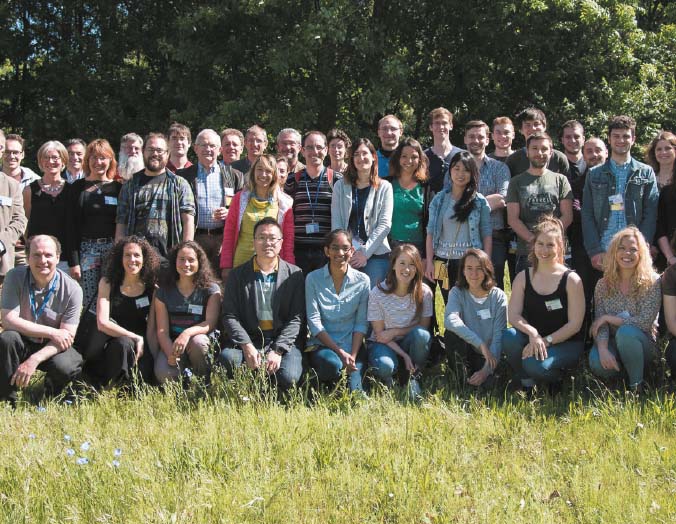 |
|
HERCULES specialised courses May – Twenty-four students from 12 different countries followed the 19th HERCULES specialised course in quantitative imaging with X-rays and neutrons. HERCULES is now recognised as a successful and unique international programme to train the next generation of scientists from Europe or further afield in imaging techniques. |
 |
|
Gersh Budker Prize for Pantaleo Raimondi 18 May – Pantaleo Raimondi, ESRF Accelerator & Source Director, was awarded the 2017 Gersh Budker Prize by the European Physical Society Accelerator Group (EPS-AG), for the invention of the Hybrid Multi Bend Achromat (HMBA) lattice. This design has since become the basis of most future 4th generation synchrotron sources. |
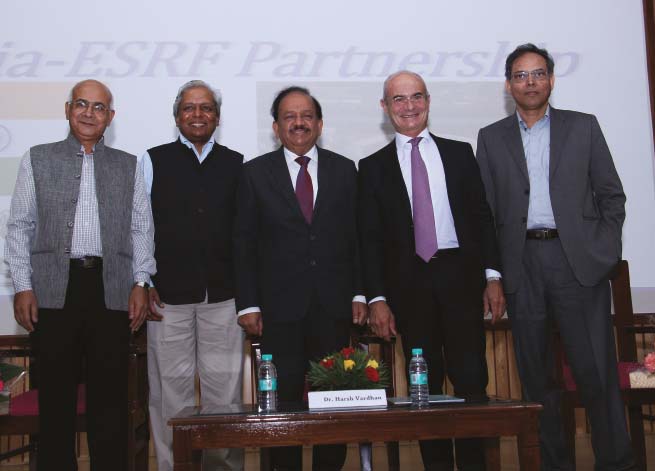 |
|
India becomes 22nd country to join ESRF 19 June – India and the ESRF signed a three-year collaboration agreement making India the 22nd country to join the ESRF. Indian scientists now benefit from access to the ESRF for non-proprietary research with a focus on structural biology. |
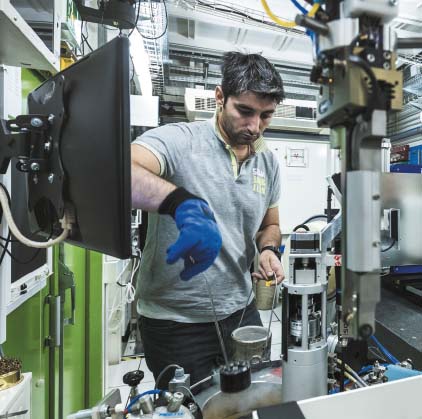 |
|
Four new beamlines for ESRF-EBS 27 June – The ESRF Council gave the green light for the construction and commissioning of four new beamlines from 2018-2022. These new beamlines, designed for the full exploitation of the enhanced performance of the Extremely Brilliant Source, will address major challenges facing our society, including the development of the next generation of drugs, biomaterials and sustainable materials, and provide deep insights into the complex mechanisms governing living organisms. |
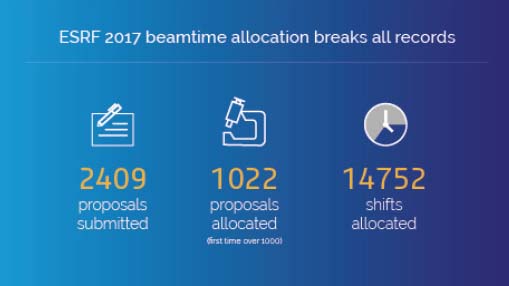 |
|
New record high for proposals received September – A record high of 2409 proposals for beamtime were submitted in 2017, out of which 1022 experiment proposals were accepted. The proposal acceptance rate in 2017 was 42%. 2017’s figures consolidate the trend for increased requests from scientific users and underline the ESRF’s continued popularity among scientists. |
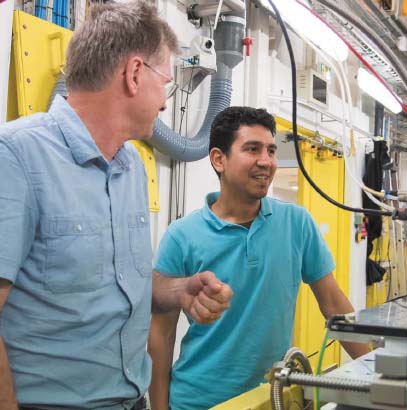 |
|
Open SESAME: SESAME staff exchanges begin July – Beamline scientist Mahmoud Abdellatief is the first staff member from the Synchrotron-Light for Experimental Science and Applications in the Middle East (SESAME) to come to the ESRF in the framework of OPEN SESAME, a Horizon 2020 programme coordinated by the ESRF. |
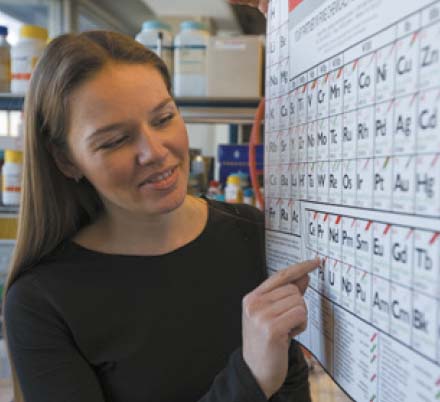 |
|
ESRF benefits from ERC grant September – Kristina Kvashnina was awarded a maximum level starting grant from the European Research Council for research to be carried out at the ESRF on the Helmholtz-Zentrum Dresden-Rossendorf-operated beamline, ROBL-BM20. Kvashnina can now set up her own research team and pursue ground-breaking research in the fundamental understanding of actinide and lanthanide nanomaterials. |
 |
|
Publications exceed 30 000 September – the ESRF reached a milestone of 30,000 publications since the facility opened its doors in 1994. Throughout the last decade, ESRF users have produced around 1800 publications per year, among which many have since become regarded as breakthroughs. |
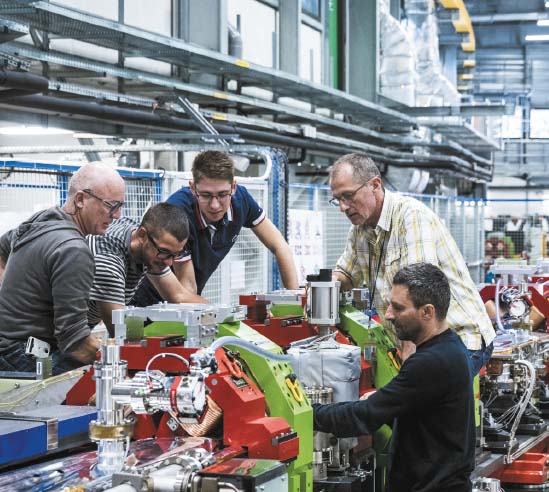 |
|
EBS mock-up is completed October – A ‘mock-up’ of one of the 32 future cells of ESRF-EBS was successfully completed. The mock-up, comprised of four girders mounted with magnets, vacuum chambers, instrumentation, cooling pipes and cables, leads the way for the assembly of the EBS storage ring. |
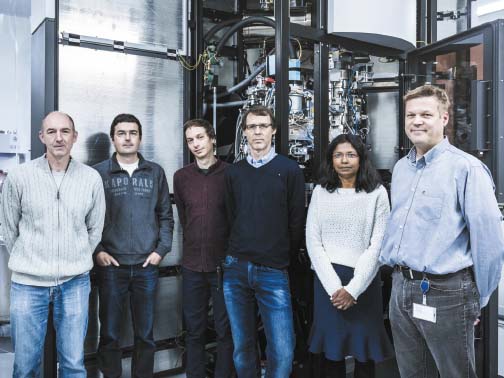 |
|
Inauguration of Titan Krios cryo-electron microscope 10 November – A Titan Krios cryo-electron microscope was inaugurated in the presence of Ada Yonath, 2009 chemistry Nobel Prize laureate, and all the partners that jointly run the facility with the ESRF: the European Molecular Biology Laboratory (EMBL), the Institut de Biologie Structurale (IBS) and the Institut Laue-Langevin (ILL). |
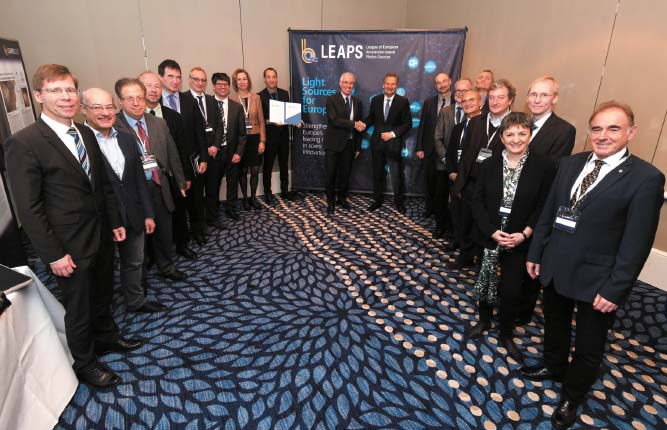 |
|
LEAPS 13 November – The League of European Accelerator-based Photon Sources was officially launched in Brussels. The 16 light sources in Europe that have joined forces for LEAPS aim to promote the research carried out at synchrotron sources and XFEL facilities and to share knowledge for the benefit of society worldwide. |



